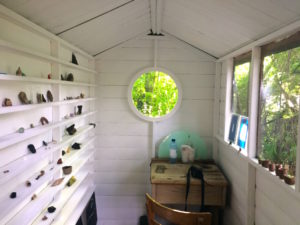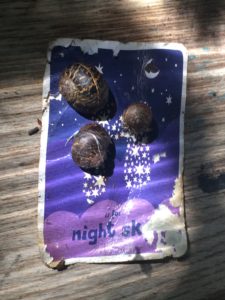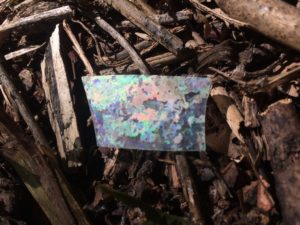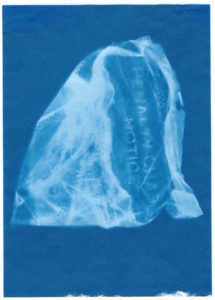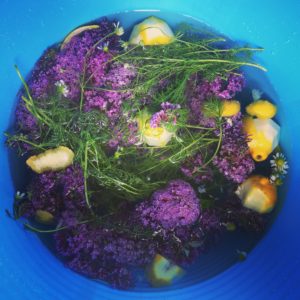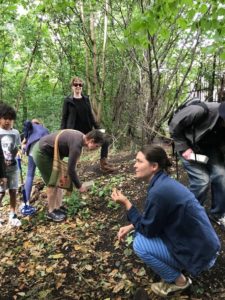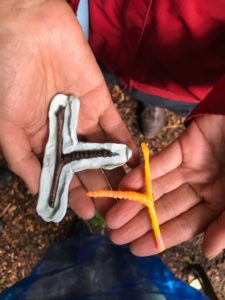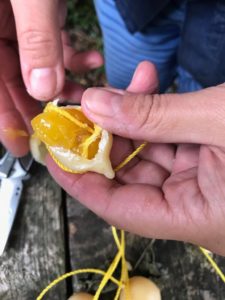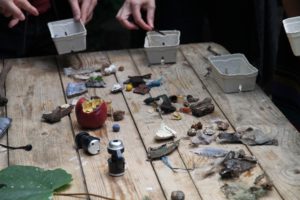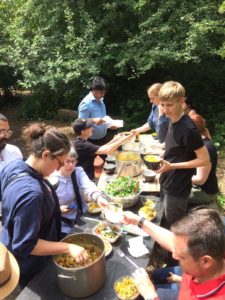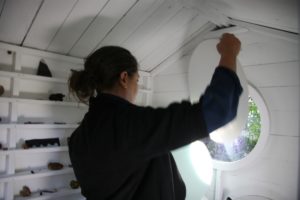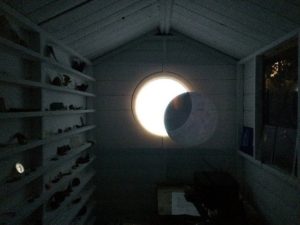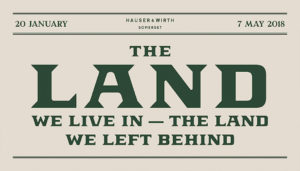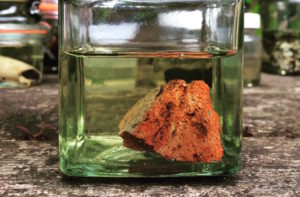Of Lost and Found
Of Lost and Found is a project that developed from my summer as an artist in residence at Phytology in 2017-18
Phytology is an action research project bringing together artists, scientists, botanists, and communities to explore the ecology and medicinal properties of wild plants and weeds.
The project seeks to challenge perceptions of the value of un-manicured growth, revealing practical biomedical usefulness, and suggesting a wider eco-connectivity in modern cities. It is a multi-layered and unique entity in character, history, and material makeup sited at Bethnal Green Nature Reserve.
My interest in the site was material; the stuff I found dug on site up by foxes and unearthed by the weather was remarkable to me. The stuff I collected became an examination of the physical properties of the disregarded matter that collects there, weeds, rubbish, wildlife, as well as people like me looking for respite from the city.
I have been looking at the material on site at Phytology as a stargazer in the city, searching for meaning, stories and imaginings – identifying rhythms and relationships, wondering if by looking hard at the constellations of our terrestrial stuff, we can make more sense of our surroundings and our lives.
Looking closely at my finds, I got interested in the other active properties of this stuff we share our environment with. How do the things we discard reflect us? What can looking more closely at the city’s material unconscious tell us about ourselves? I was also interested in this link to ‘active ingredients’ in the medicinal plants, and how the active properties of artists, scientists and community coming together on-site could also be an agent of change.
Objects, fragments and lumps of stuff were picked out to go into the shed over the course of the summer, creating a personal index of the place, reflections on its surroundings and inhabitants. I’ve found items from the 1800s to yesterday, dug up by foxes and blown in by the wind. The site is a midden; a repository of our waste matter as well as a gap in the conscious life of the city; an island where eddies of dirt, litter, bugs, drugs, lost goods, buried treasure, animals, microbes, seeds and weeds, and now people collect, to form a rich web of material relationships. Through documenting and reflecting on these bits and bobs, I interpret our London lives as part of a community of matter.
Each month in summer 2017 I led a session of urban mudlarking, encouraging visitors to look closely at the material on site and make their own collections, exploring and re-making them through mould making, microscopy, photography and video. I also experimented with the transformational properties of the medicinal plants and resident microbes on-site, making wine, cheese, fermented plums, and incense.
The residency is supported by Arts Council England and the online archive is a commission by Nomad Projects.
Objects and writing from Of Lost and Found are on show at Hauser & Wirth Somerset as part of Phytology’s presentation for The Land We Live In, The Land We Left Behind – 20 January – 7 May 2018.

